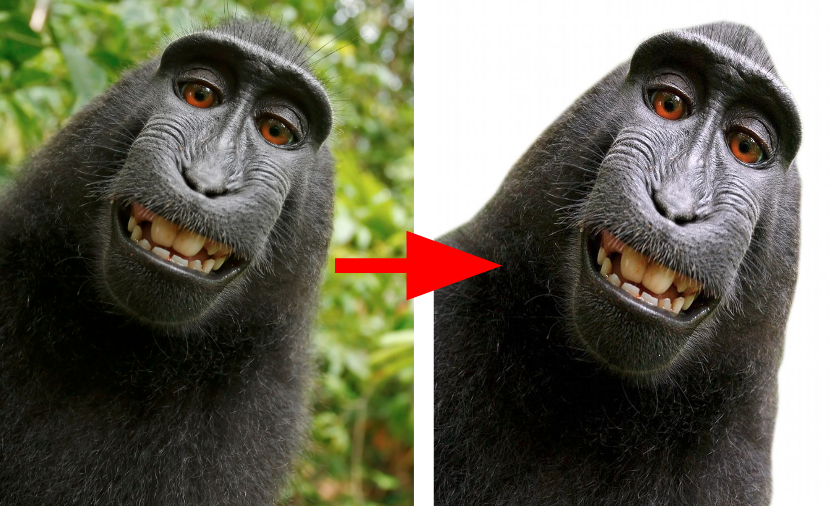Kaggle: Deep Learning to Create a Model for Binary Segmentation of Car Images
Vladimir Iglovikov
Data Scientist at Lyft
PhD in Physics
Kaggle Master (31st out of 70,000+)
Problem statement

Input
Output
735 teams
Problem statement

- Train: 5088
- Public Test: 1200
- Private Test: 3664
- Unlabeled test: 95200
- Resolution: 1918x1280
Problem statement

- Train: 5088
- Public Test: 1200
- Private Test: 3664
- Extra in test: 95200

Each car has 16 unique orientations
Metric:
Problems with the data



Mistakes in Masks
Inconsistent Labeling
Tricky cases
Team



Alexander Buslaev
Kaggle Master (top 100)
Deep Learning at work
Artem Sanakoev
Kaggle Master (top 100)
Deep Learning in school
Vladimir Iglovikov
Kaggle Master (top 100)
Deep Learning at work
Approach
- Q: What is the DeepHammer for binary segmentation?
- A: UNet.


UNet: strong baseline for nearly every binary image segmentation problem





Vladimir's approach
TernausNet (UNet with pre-trained VGG11) encoder.
| arXiv:1801.05746 |

- 5 folds
- Input 1920x1280
- HSV / grayscale augmentations
- Cyclic Learning Rate
- Optimizer: Adam
- Batch size: 4
- Pseudo Labeling

Q: Does pre-trained encoder help UNet?
A: It depends.
- Pre-trained on 8Bit RGB will speed up convergence on 8bit RGB
- Pre-trained on 8bit RGB will not help on 11bit images. (Satellite)
Vladimir Iglovikov, Alexey Shvets TernausNet: U-Net with VGG11 Encoder Pre-Trained on ImageNet for Image Segmentation
| arXiv:1801.05746 |
Vladimir's approach
TernausNet (UNet with pre-trained VGG11) encoder.
| arXiv:1801.05746 |

Pseudo Labeling (useful at work)
- Train: 5088
- Public Test: 1200
- Private Test: 3664
- Unlabeled in test: 95200
Typically works if:
- A lot of unlabeled data.
- Prediction accuracy is high (in our case 0.997+)
Idea: pick the most confident predictions and add them to train data
Works well if you add more than the train set.
Alexander's approach
Had a set of GTX 1080 (not 1080 Ti) => No UNet in full HD

UNet => LinkNet (VGG encoder => Resnet encoder)
Alexander's approach
- 5 folds, 6 models
- LinkNet
- Augmentations: Horizontal flips, shifts, scaling, rotations, HSV augmentations
- Loss: BCE + 1 - Dice
- TTA: horizontal flips
- Optimizer: Adam, RMSProp
- Cyclic Learning Rate
- Hard negative mining
- CLAHE for preprocessing

Well written fast code for data augmentations: https://github.com/asanakoy/kaggle_carvana_segmentation/blob/master/albu/src/transforms.py
Artsiom's approach
- 7 folds, 2 models
- Initialization: ImageNet / Random
- Loss: Weighted BCE + 1 - Dice
- Optimizer: SGD
- Cyclic learning rate
- Augmentations: translation, scaling, rotations, contrast, saturation, grayscale


Merging and post-processing

- Simple average
- Convex hull for non-confident regions
- Thresholding at 0.5
Conclusion
- 1st out of 735
- $12,000 prize
- 10 evenings spent
- 20 GPUs used
- Full reproduction of training on one Titan Pascal X will take 90 days.
- Full reproduction of inference on one Titan Pascal X will take 13 days.
- We never met each other in person :D

Vladimir's DevBox.
Deep Learning and Crypto mining
- Blog post: http://blog.kaggle.com/2017/12/22/carvana-image-masking-first-place-interview/
- Code: https://github.com/asanakoy/kaggle_carvana_segmentation
- Code and weights for TernausNet: https://github.com/ternaus/TernausNet
Kaggle: Deep Learning to Create a Model for Binary Segmentation of Car Images
By Vladimir Iglovikov
Kaggle: Deep Learning to Create a Model for Binary Segmentation of Car Images
- 4,609



